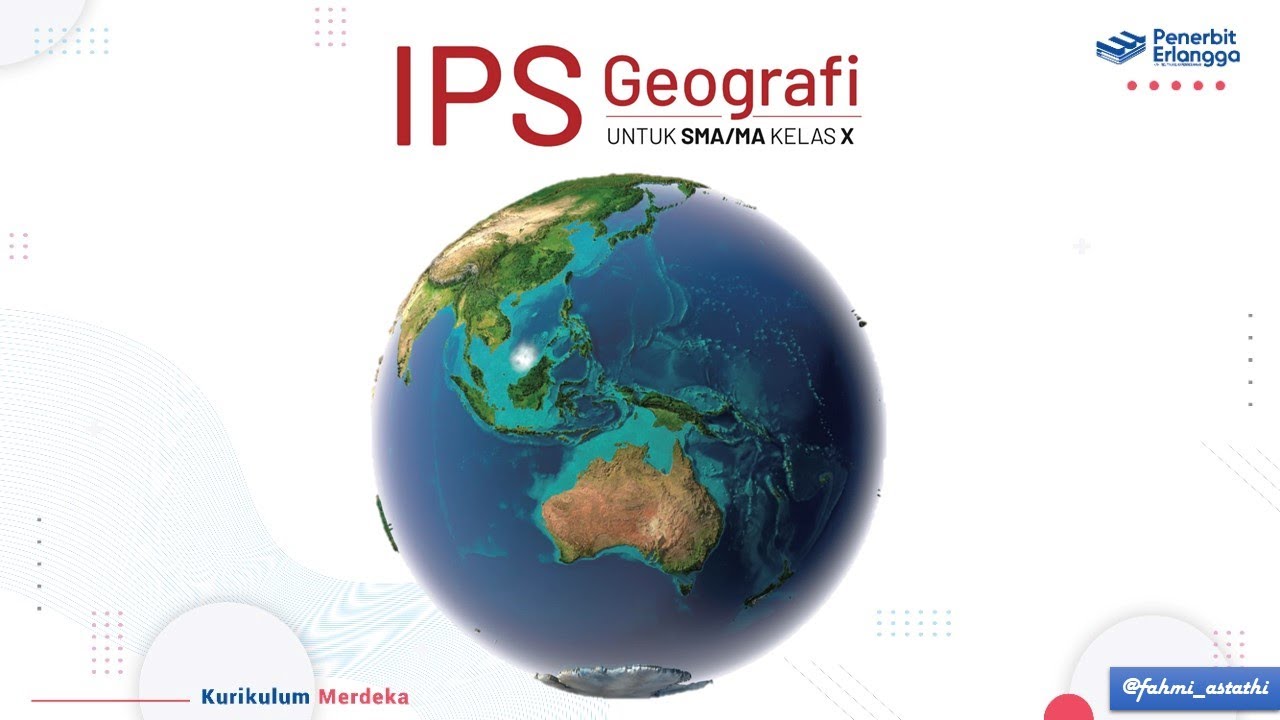GEO 1 5 FIN
Summary
TLDRThis script discusses Geographic Information Systems (GIS), explaining how they integrate spatial data with software and hardware to solve complex problems. It covers the components of GIS, including hardware like GPS and digitizers, software for data processing, and the experts involved. It also explains the classification of data into spatial and non-spatial, and the types of spatial data like vector and raster. The script further delves into methods and procedures used in GIS for data processing, such as buffering, scoring, and overlay, which are crucial for generating new insights from spatial data.
Takeaways
- 🌐 **Geographic Information Systems (GIS)** are used in apps like Gojek and Grab for spatial data management.
- 📚 **Definition of GIS**: A system designed to integrate data with spatial reference coordinates and graphical coordinates.
- 💻 **Components of GIS**: Include hardware, software, and procedures to manage, analyze, and model complex spatial problems.
- 🖥️ **Hardware in GIS**: Can range from PCs to specialized devices like digitizers, CD rooms for data storage, and printers or plotters for output.
- 🛠️ **Software in GIS**: Tools used for data processing, with examples like Quantum GIS, which can be free or paid.
- 🧠 **Human Expertise (Brainware)**: Involves operators, analysts, programmers, and administrators who work with GIS.
- 🗺️ **Data Classification in GIS**: Divided into spatial data (with positional value) and non-spatial data.
- 📊 **Types of Spatial Data**: Vector data stored as coordinates and raster data composed of cells or pixels.
- 🔍 **Methods in GIS**: Include procedures for data processing like summation, classification, overlay, and geometric correction.
- 🔄 **Subsystems of GIS**: Include data input, management, manipulation and analysis, and output, each serving a specific function in the GIS workflow.
- 📈 **Data Manipulation**: Involves creating new maps through processes like buffering, scoring, and overlaying to derive new insights from spatial data.
Q & A
What is a Geographic Information System (SIGIG)?
-SIGIG is a system designed to integrate data with reference to spatial coordinates and graphical coordinates, supporting the acquisition, management, manipulation, analysis, modeling, and presentation of spatial data for complex problem-solving.
What are the components of SIGIG?
-SIGIG consists of hardware, software, and procedures. Hardware includes devices like PCs, laptops, CD rooms, digitizers, scanners, printers, and plotters. Software is used for data processing, with examples like Quantum GIS. Procedures involve steps for data processing.
What is the role of hardware in SIGIG?
-Hardware in SIGIG serves as the physical devices needed for data storage, digitization, printing, and location determination, such as computers, CD rooms for data storage, digitizers for converting analog data to vector data, scanners for raster data, printers for small outputs, and plotters for large prints, as well as GPS for location determination.
Can you explain the software aspect of SIGIG?
-SIGIG software processes data. It can be either paid or free. An example of free software is Quantum GIS, which is used for managing and analyzing spatial data.
Who are the professionals involved in SIGIG?
-SIGIG involves professionals such as operators, analysts, programmers, administrators, and others who are all part of the SIGIG ecosystem.
What are the types of data used in SIGIG?
-SIGIG uses two types of data: spatial and non-spatial. Spatial data has positional values and often includes location on Earth's surface, while non-spatial data does not have positional values.
How is spatial data categorized in SIGIG?
-Spatial data in SIGIG is categorized into vector and raster data. Vector data is stored in coordinate arrangements, forming points, lines, or polygons. Raster data consists of grid cells or pixels.
What are the methods or procedures used in SIGIG for data processing?
-Methods in SIGIG include procedures such as summation, classification, rotation, overlay, buffering, and geometric correction to process data into information.
What is the role of the input subsystem in SIGIG?
-The input subsystem in SIGIG is responsible for collecting spatial and attribute data, which can come from sources like analog maps, aerial photos, satellite images, field measurements, and GPS data.
What happens in the data management subsystem of SIGIG?
-The data management subsystem organizes spatial and attribute data into a database, making it easy to retrieve, update, and edit.
How is new map creation described in the SIGIG process?
-New map creation in SIGIG involves the data manipulation and analysis subsystem, where new maps are formed through manual or computerized processes after data has been processed.
What is the purpose of the output subsystem in SIGIG?
-The output subsystem in SIGIG is responsible for displaying or producing all or part of the database in soft copy or hard copy forms, such as tables, graphs, new maps, etc.
How does the overlay process work in SIGIG?
-The overlay process in SIGIG involves combining or superimposing maps to obtain new graphical data with a single mapping unit, which can reveal new insights or information.
Outlines

此内容仅限付费用户访问。 请升级后访问。
立即升级Mindmap

此内容仅限付费用户访问。 请升级后访问。
立即升级Keywords

此内容仅限付费用户访问。 请升级后访问。
立即升级Highlights

此内容仅限付费用户访问。 请升级后访问。
立即升级Transcripts

此内容仅限付费用户访问。 请升级后访问。
立即升级5.0 / 5 (0 votes)






